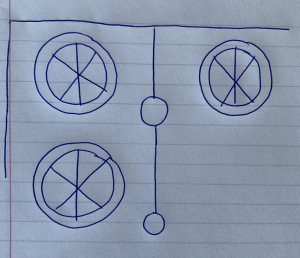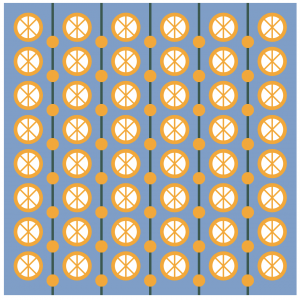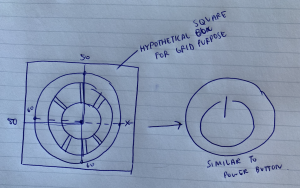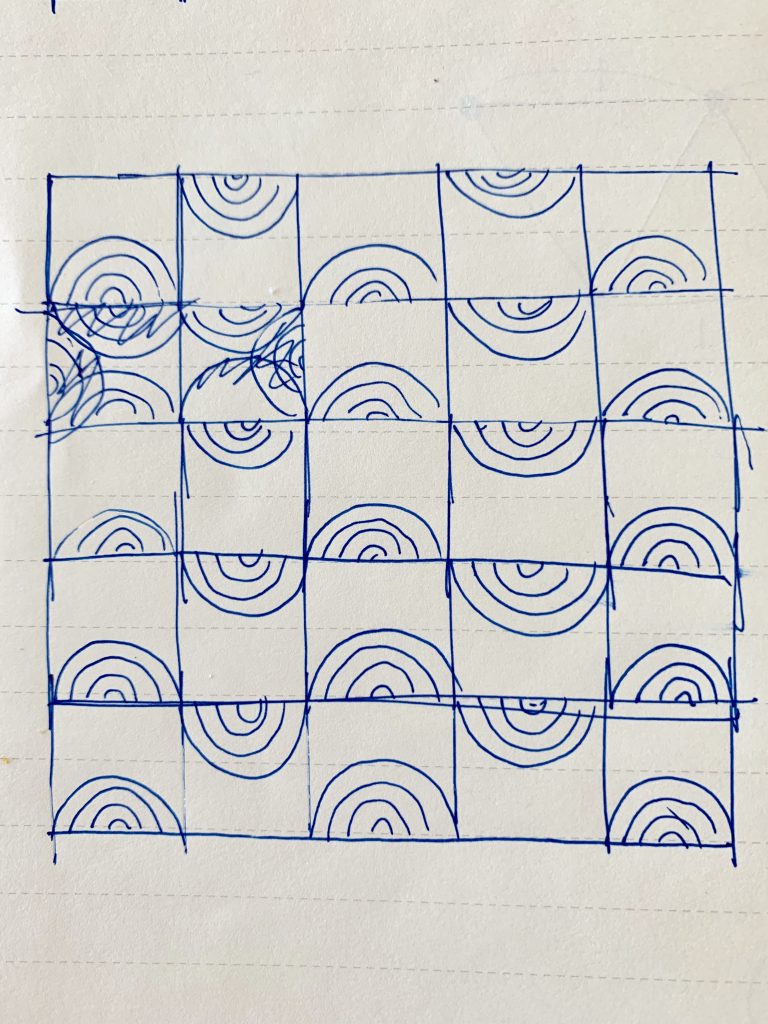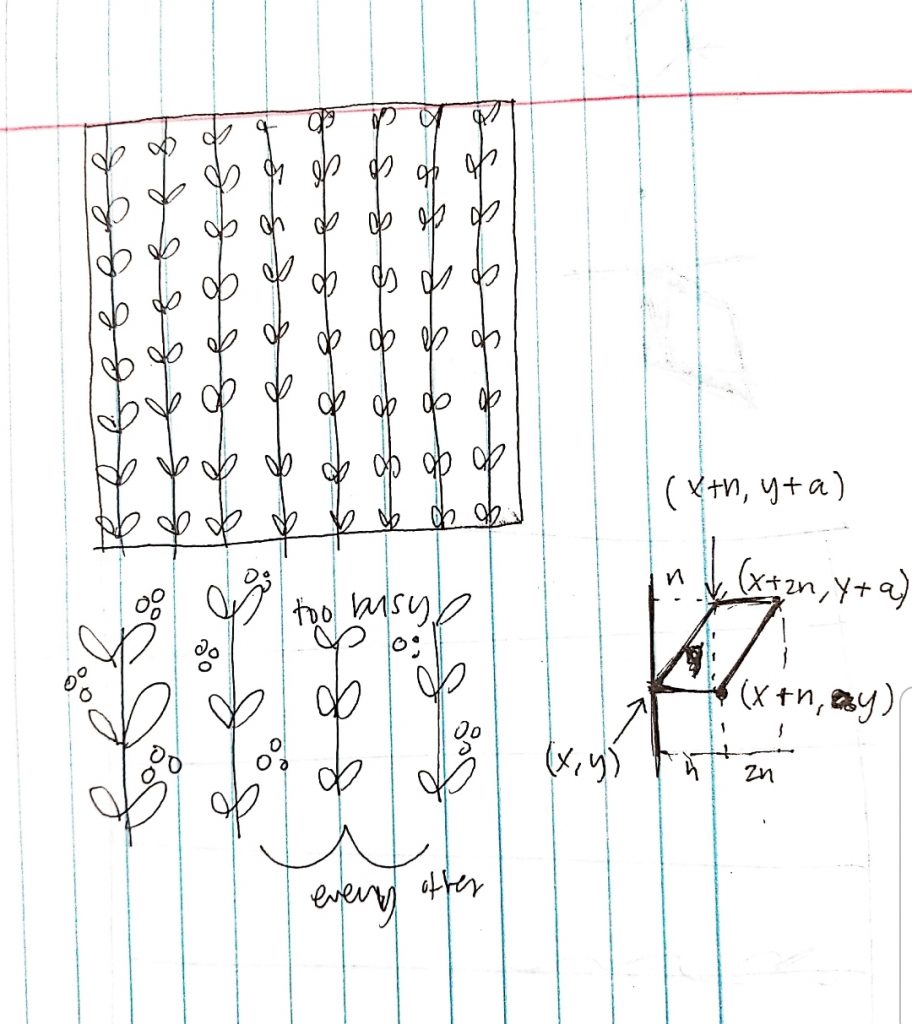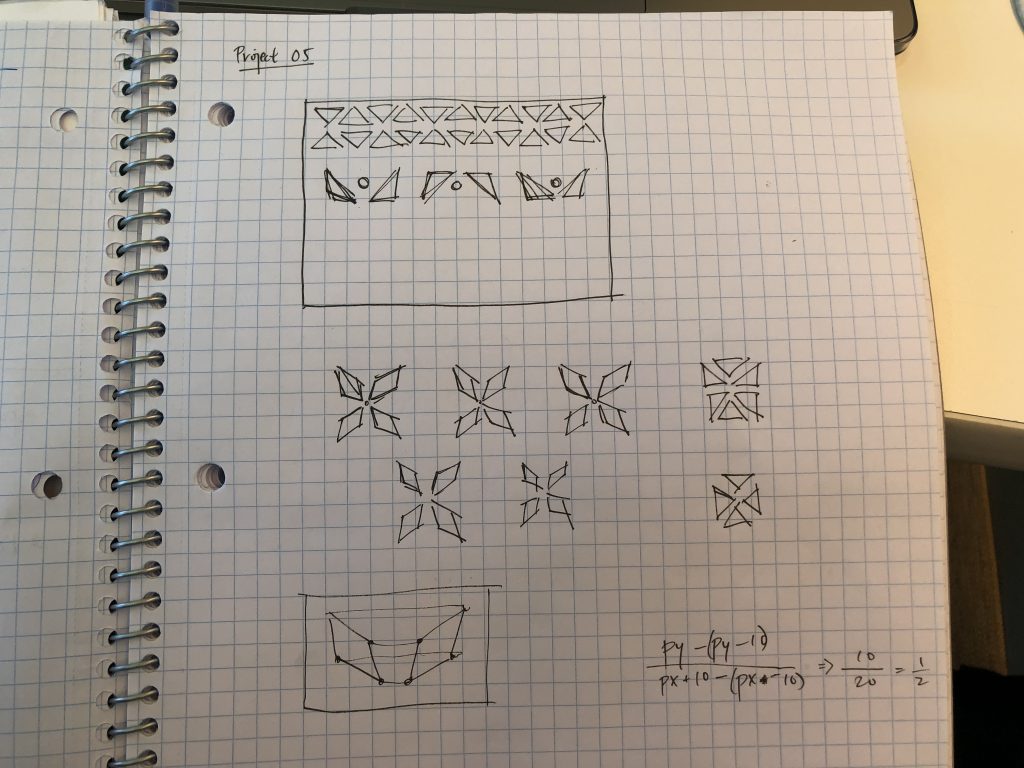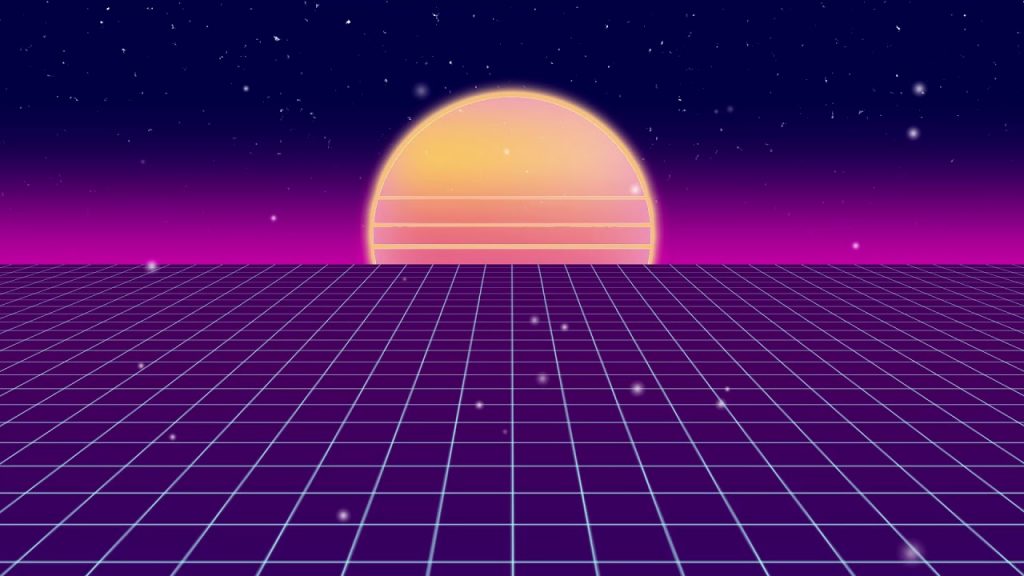//Stefanie Suk
//15-104 D
//ssuk@andrew.cmu.edu
//Project 05 - Wallpaper
var spacing = 25;
function setup() {
createCanvas (500, 500);
background(222, 211, 170);
}
function draw() {
noStroke();
for(var a = 25; a < width; a += 50) {
for(var b = 15; b < width; b += 100) {
tri(a, b);
}
}
for(var e = 25; e < width; e += 90) {
for(var f = 45; f < height; f += 140) {
dia(e, f);
}
}
for(var g = 57; g < width; g += 95) {
for(var h = 60; h < height; h += 120) {
cir(g, h);
}
}
for (var y = 0; y < height; y++) {
if(y % 2 == 0){
for (var x = 0; x < width; x++) {
fill(120, 107, 37);
ellipse(spacing * x, spacing * y + 25, 4, 4);
}
}
noLoop();
}
// for(var j = 60; j < width; j += 80) {
// for(var k = 70; k < height; k += 110) {
// rec(j, k);
// }
// }
// for(var c = 25; c < width; c += 50) {
// for(var d = 15; d < width; d += 100) {
// tritwo(c, d);
// }
// }
}
function tri(a, b) {
fill(252, 103, 103);
triangle(a - 20, b + 10, a, b + 40, a + 20, b + 10);
}
function dia(e, f) {
fill(97, 223, 213);
circle(e, f, 20, 20);
}
function cir(g, h) {
fill(254, 123, 250);
ellipse(g, h, 10, 25);
}
//function rec(j, k); {
// fill(225, 199, 57);
// rect(j, k, 10, 10);
//}
//function tritwo(c, d) {
// fill(252, 103, 103);
// triange(c - 20, d + 35, c, d - 40, c + 20, d + 45);
//}For this project, I was inspired by ethical patterns I have in my handkerchief. This handkerchief consists of simple shapes like circles and triangles, but are organized in a beautiful pattern. This is why I used different triangles and circles in my wallpaper, layout them in a simple yet artistic pattern. I also explored different bright neon colors to each shape to make the design pop and lively. I really like the colors I used for this project because the background color and the shape colors really go well together.
![[OLD FALL 2019] 15-104 • Introduction to Computing for Creative Practice](../../../../wp-content/uploads/2020/08/stop-banner.png)
